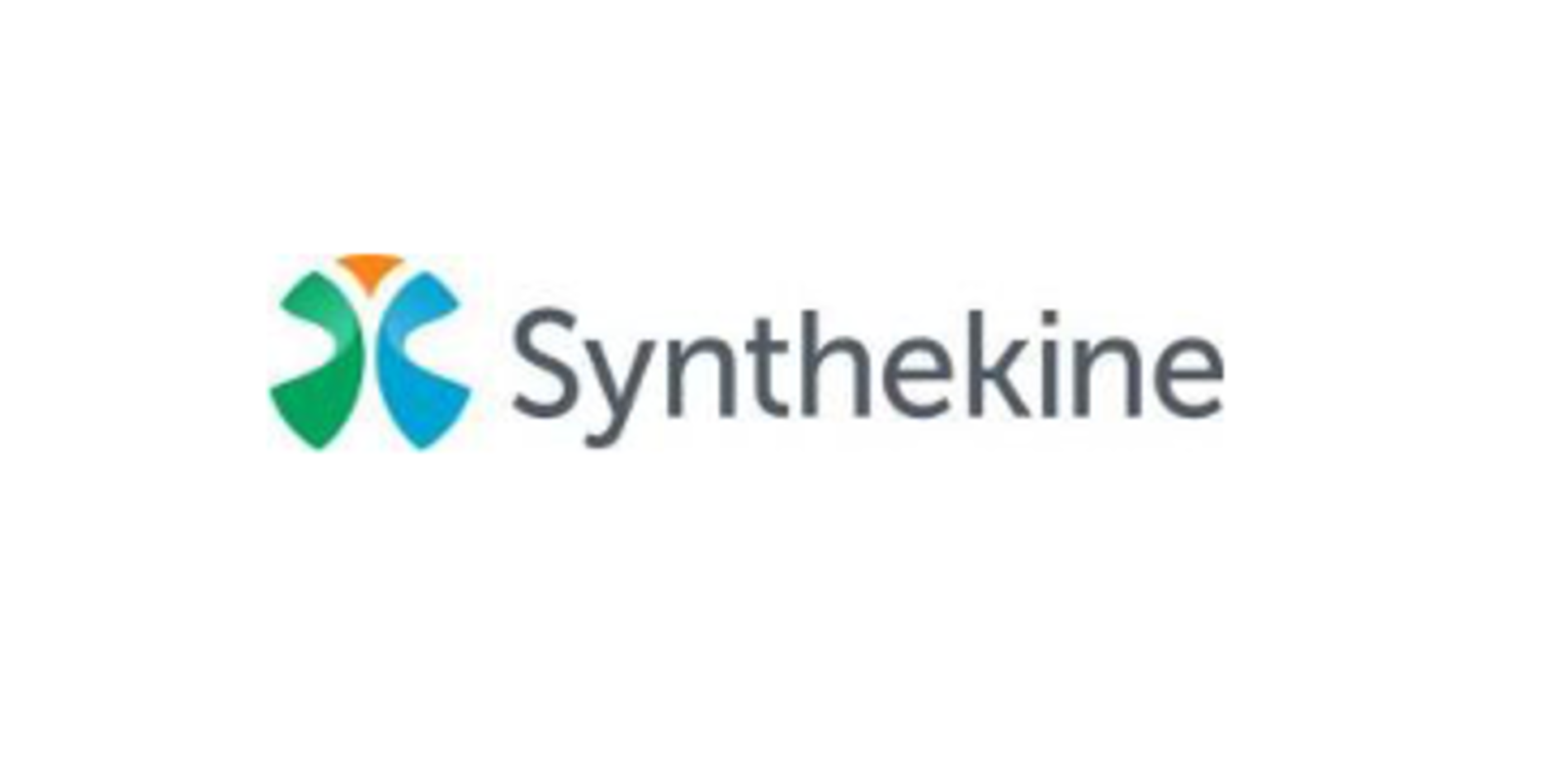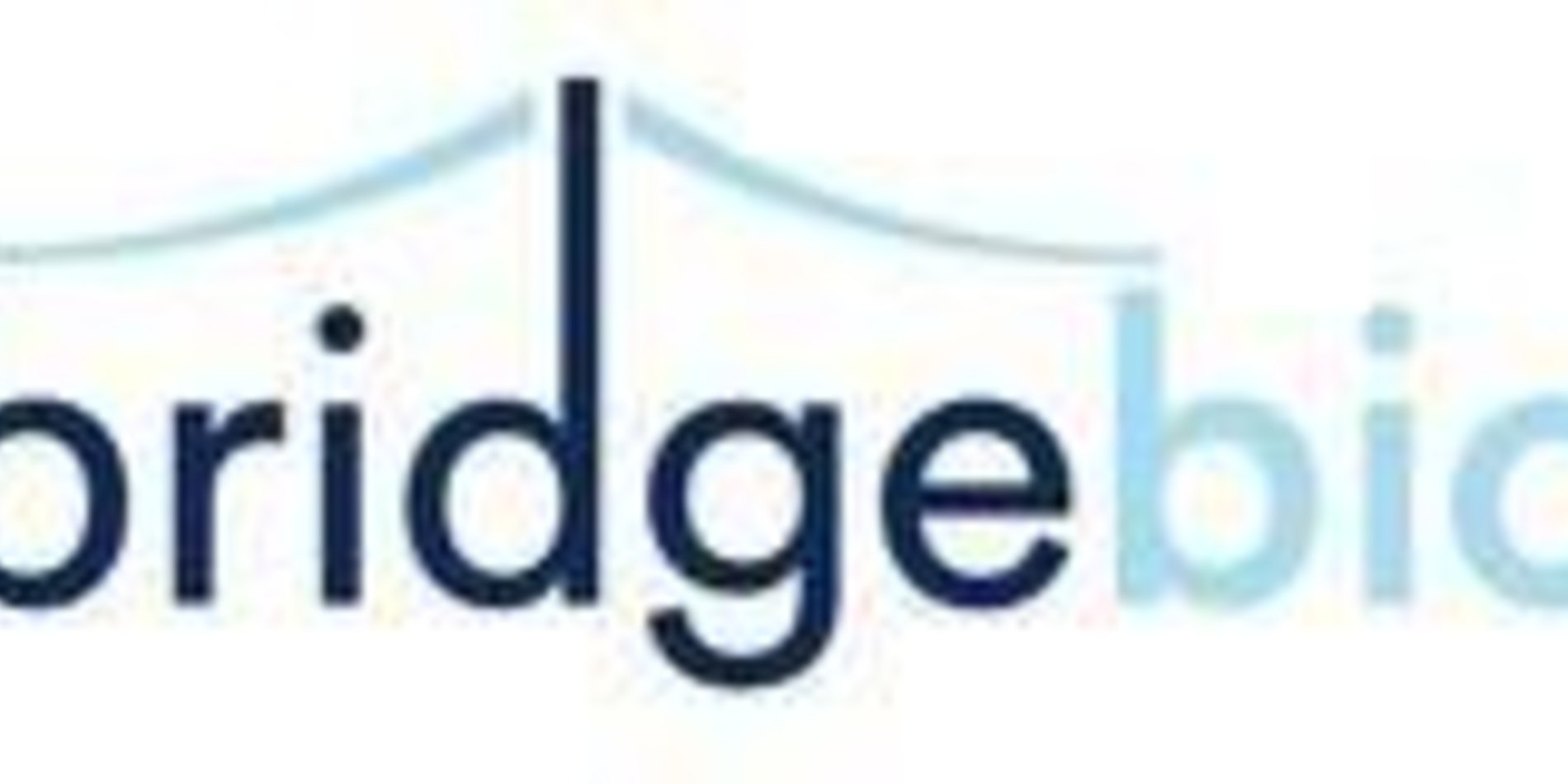Inventor Spotlight: Discussing the Promise and Future of RNA Medicines with Dr. Howard Chang
Never in human medical history has a technology been developed, validated, tested, and approved as quickly and efficiently as the COVID-19 mRNA vaccine. But this vaccine is just the tip of the iceberg for the therapeutic possibilities of RNA according to physician-scientist Dr. Howard Chang, a practicing dermatologist, Professor of Dermatology and Genetics, and Virginia and D.K. Ludwig Professor of Cancer Research at Stanford University. With his background in genomic medicine, Chang steadfastly believes in the promise of RNA medicines to tackle a wide and expanding variety of human diseases. But what we know about RNA is actually very little, he says. Especially considering that 98% of the human genome has long been termed “non-coding” and remains elusive, while only 2% is “coding” RNA and is translated into proteins. Some of his lab’s pivotal work endeavors to find out what non-coding RNA does and can tell us, as well as how it can be harnessed for therapeutic applications.
Over the last several years, and particularly during the COVID-19 pandemic, Dr. Chang has seen the RNA field grow exponentially, including at Stanford. “We have outstanding basic science here, Stanford has two Nobel prizes for basic RNA science”, shares Chang. This includes Dr. Andrew Fire, who won the 2006 Nobel prize in Medicine with Craig Mello of the University of Massachusetts Medical School for their discovery of RNA interference (gene silencing) and Dr. Roger Kornberg, who won the 2006 Nobel prize in Chemistry for his work in understanding RNA transcription. [Katalin Kariko and Drew Weissman just won the 2023 Nobel Prize in Medicine for discoveries enabling the mRNA Covid vaccine].
At Stanford “we have experts in biology, chemistry, materials, engineering”, continues Chang. With this in mind, he recently created the RNA Medicine Program at Stanford. The mission of the program “is to accelerate the discovery and translation of RNA science into human therapeutics”, capitalizing on the great clinical enterprise within Stanford Medicine. The program provides funding, shared resources, programmatic support, community building to facilitate interdisciplinary collaborations, training for RNA scientists and entrepreneurs, and new alliance opportunities between academia and industry. Their Inaugural Symposium this past May included keynote speakers and various sessions on RNA topics. It also featured an Entrepreneurs Panel Discussion and was able to attract entrepreneurs from the east coast and west coast alike, demonstrating the high level of interest in the program and its resources. Chang says they have had some industry engagement but would love to attract more.
Dr. Chang’s work in RNA medicines is inherently translational and, paired with his innovative mindset, has led to several commercial endeavors. One example is Chang’s spinout company, Orbital Therapeutics, which is based on foundational research from his lab. For many years, the usual cellular machinery that translates RNA into proteins was thought to be unable to dock on circular RNA strands since they lack the typical ends, rendering them non-functional. But in the 1990s, it was found that a sequence inside circular RNA called IRES is recognized by translational machinery, opening up endless possibilities for these constructs in delivering and enabling therapeutics. In addition, because of their unique circular structure, they are not privy to degradation by exonucleases, and can last for weeks, rather than hours as with traditional linear RNA. The Chang Lab conducted a genetic screen to identify IRES elements that were highly active, elucidating one of the key building blocks for using circular RNA to encode proteins. “We developed a series of technologies that basically allowed protein production, templated by circular RNA”, says Chang. The circular RNA can be used “as instructions, to tell the cell to make, for example, a therapeutic protein or an antigen and do so in a very sustainable manner”. The technology is currently being developed to express an anti-anemia therapeutic that cancer patients take to raise their blood cell count, and is also being evaluated for the ability to generate a vaccine against a cancer antigen.
Chang says that his entrepreneurial endeavors and successes have been supported heavily by Stanford’s innovation ecosystem. In particular, “I really appreciate our colleagues at Office of Technology Licensing (OTL) because I think we have very good lines of communication”, shares Chang. “For example, [when] thinking about how to license technology to new companies and how to actually make that technology have the most impact.” Dr. Chang wants to help others at Stanford, like those at the RNA Medicine Program and his own mentees, make this kind of impact with their work. Kevin Parker, one of his former graduate students, even formed his own start-up soon after graduating. Chang notes that this student was able to launch his company thanks to his training at Stanford, a classic story of entrepreneurial support that adds to Chang’s own experiences.
In addition to his continued research at Stanford, Dr. Chang has further expanded his contributions to biotechnology innovation as a member of the board of Boundless Bio, which has licensed a joint technology led by co-inventor Paul Mischel when he was formerly at UC San Diego. Dr. Mischel is now at Stanford, and scientists at Boundless are trying to address extrachromosomal DNA, which has been associated with increased tumor growth and therapeutic resistance as well as shortened survival in cancer patients. Aside from these cancer applications, Chang notes that RNA medicines could have much broader applications as immunomodulators. While the COVID-19 RNA vaccine was one of the fastest uses we’ve seen yet, there remain a lot of unknown interactions between RNA and the immune system, which provides a tremendous opportunity for both basic science and therapeutic development. Chang says he is encouraged by the progress in the field, and hopes that many more people will get excited about the promise and bright future of RNA medicines.

